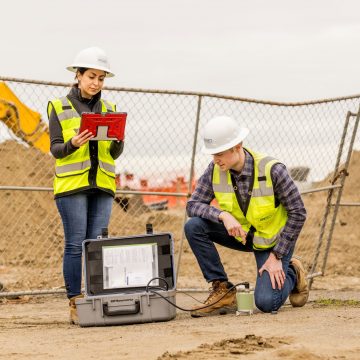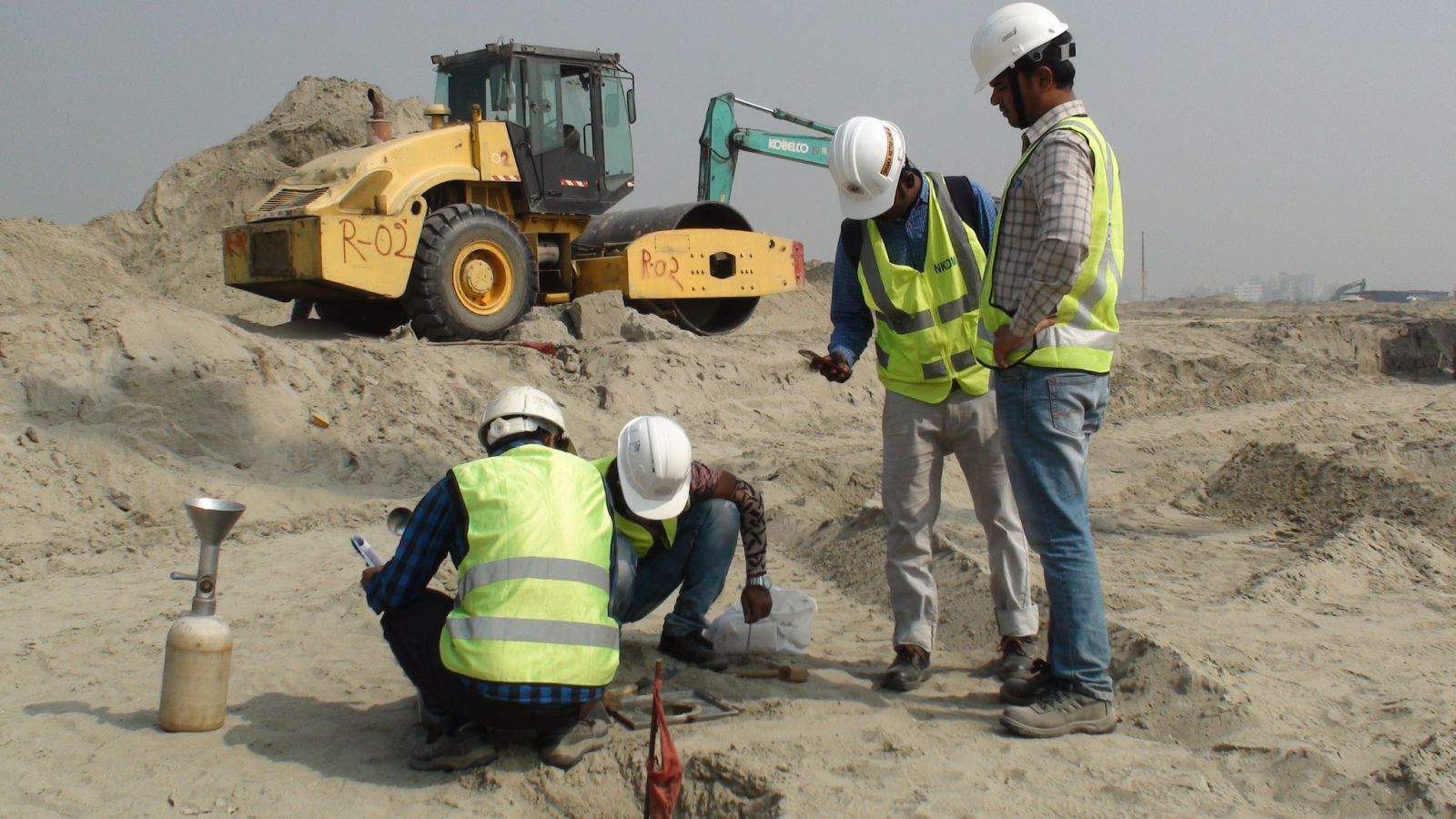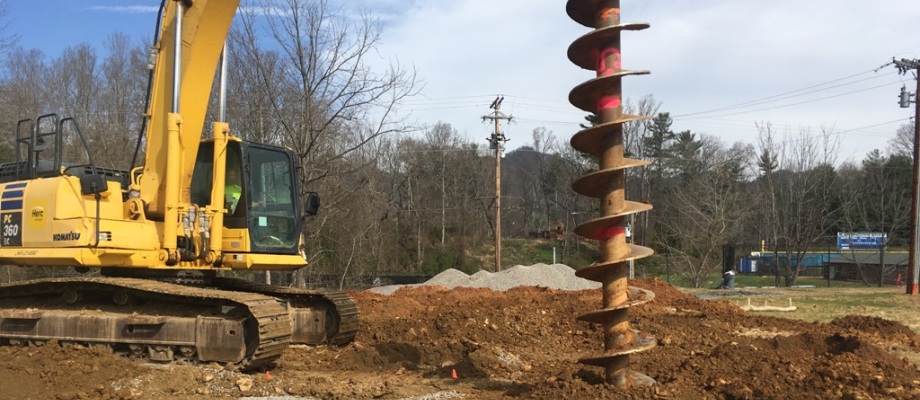Tailings Engineer: Necessary Expertise for Sustainable Waste Management in Mining
Wiki Article
The Interdisciplinary Approaches in the Geotechnical Market: Linking the Void In Between Design, Geology, and Environmental Science for Optimal Task End Results
The assimilation of engineering, geology, and ecological science within the geotechnical sector is not merely advantageous; it is necessary for accomplishing ideal task end results. What techniques might arise to facilitate this vital partnership and boost the efficacy of geotechnical methods?Importance of Interdisciplinary Partnership
The importance of interdisciplinary partnership in the geotechnical industry can not be overemphasized. Reliable geotechnical jobs require the integration of varied competence from numerous fields, including engineering, geology, and environmental science. This partnership makes sure that all facets of a task are considered, leading to extensive services that attend to complicated difficulties.When functioning in seclusion,Interdisciplinary partnership promotes advancement by making it possible for professionals to share insights and approaches that may not be evident. By leveraging the toughness of several self-controls, teams can recognize possible risks, enhance style processes, and enhance the sustainability of geotechnical projects. Such partnership advertises an alternative understanding of site-specific conditions, which is important for precise assessment and decision-making.
The intricacy of geotechnical tasks necessitates a coordinated technique to analytic. When engineers, geologists, and ecological scientists collaborate, they can create a natural strategy that lines up technological needs with environmental factors to consider and regulatory conformity. This harmony not just improves project results yet also contributes to the long-lasting strength of infrastructure. Eventually, interdisciplinary collaboration is important for advancing ideal practices and accomplishing quality in the geotechnical industry.
Trick Functions of Each Technique
Cooperation among numerous self-controls is not simply valuable; it is important for the effective implementation of geotechnical tasks. Each technique-- engineering, geology, and ecological scientific research-- plays a distinctive yet interconnected role that adds to predict efficiency and sustainability.Geotechnical engineers are mainly in charge of developing structures and making certain structural integrity. They assess soil and rock residential or commercial properties to examine load-bearing capabilities, giving essential information for secure building practices. Their know-how allows the formulation of cutting-edge solutions to intricate difficulties.

Ecological scientists assess the prospective impacts of building on communities and water resources. They carry out environmental evaluations and create reduction techniques to reduce adverse results. By incorporating ecological considerations, they ensure conformity with guidelines and promote sustainability throughout the project lifecycle.
Study of Successful Assimilation
Effective assimilation of geotechnical techniques can be exemplified through various study that highlight the performance of team effort in dealing with intricate engineering obstacles. One significant instance is the building of the Hong Kong-- Zhuhai-- Macau Bridge, where a collaborative technique involving geotechnical design, geology, and environmental science was important. Rock hounds and designers worked in unison to examine the seabed conditions and enhance the structure style, ensuring stability and decreasing environmental effect.An additional impactful case is the enhancement of incline stability in the San Francisco Bay Area, where an interdisciplinary group combined geotechnical evaluation with ecological evaluations. By incorporating hydrological researches and geological studies, the team efficiently recognized potential landslide threats and implemented reliable reduction procedures, enhancing security and sustainability.
Moreover, the redevelopment of Brownfield sites usually needs a multidisciplinary strategy. In one instance in Chicago, partnership among geotechnical engineers, environmental researchers, and metropolitan organizers caused the effective removal of infected dirt, enabling the secure makeover of the website right into an area park. These instance researches show that interdisciplinary collaboration not just addresses technical difficulties but also promotes ingenious options that profit both communities and projects.
Challenges in Multidisciplinary Projects

Additionally, collaborating timetables and operations among different teams can be problematic, specifically when each self-control has distinct task landmarks and deliverables. This misalignment can cause hold-ups and raised expenses. The challenge of resource allotment also impends large; ensuring that specific knowledge is readily available at important points requires cautious planning and insight.
Finally, regulative conformity poses an additional significant obstacle. Each discipline might face various regulatory structures, and aligning these needs to meet job goals can be lengthy and intricate. Dealing with these obstacles necessitates strong management and effective communication strategies to promote collaboration and make sure that multidisciplinary teams work cohesively in the direction of shared goals.
Future Trends in Geotechnical Practices
tailings engineer As the geotechnical sector evolves, arising patterns are reshaping methods to resolve the challenges dealt with in multidisciplinary jobs - geotechnical engineers. One considerable fad is the increased combination of sophisticated technologies, such as expert system and device discovering, into geotechnical evaluation and style. These technologies enhance predictive modeling and threat evaluation, enabling designers to make even more enlightened choices throughout the project lifecycle
Furthermore, the adoption of digital twins and real-time tracking systems is ending up being a lot more widespread. These tools help with continuous evaluation of soil conditions and structural performance, permitting timely interventions when problems develop.
Final Thought
In conclusion, the combination of engineering, geology, and ecological scientific research is important for achieving optimum results in the geotechnical industry. Effective situation studies highlight the benefits of this strategy, while acknowledging the challenges encountered in multidisciplinary jobs.The integration of design, geology, and ecological science within the geotechnical industry is not just useful; it is crucial for attaining optimum project end results. Efficient geotechnical projects call for the combination of varied experience from different areas, including design, geology, and environmental scientific research.Navigating the intricacies of multidisciplinary projects in the geotechnical sector provides several significant challenges.As the geotechnical sector progresses, arising fads are improving techniques to attend to the challenges encountered in multidisciplinary tasks. Geotechnical designers are increasingly collaborating with environmental researchers to guarantee that tasks align with sustainability objectives and conform with governing demands.
Report this wiki page